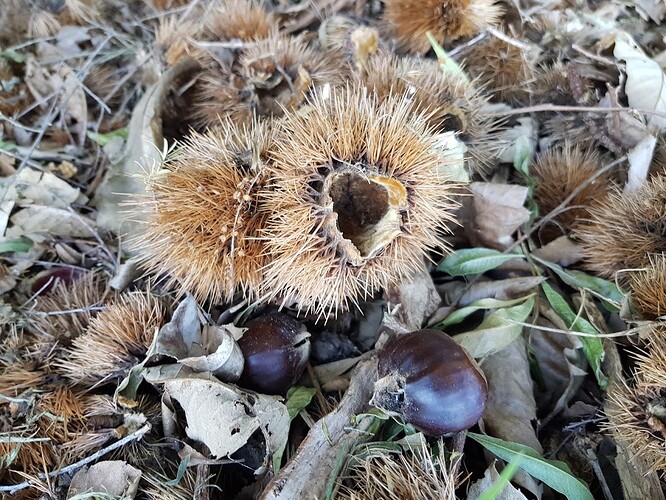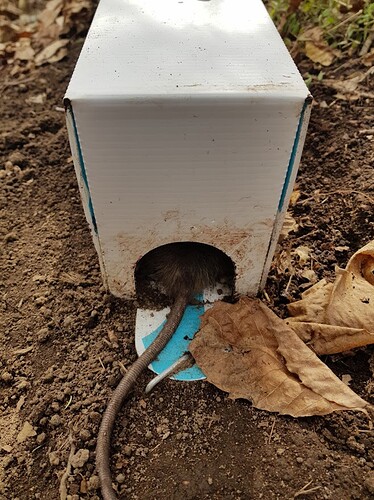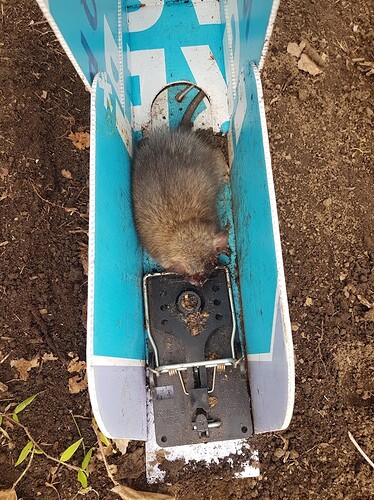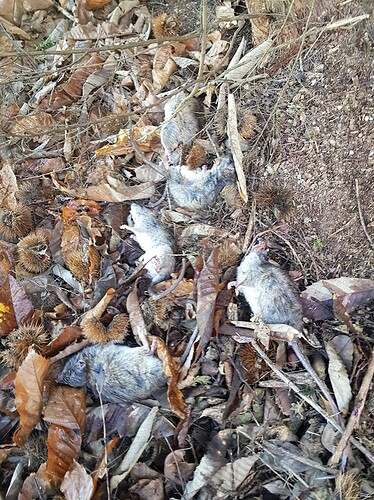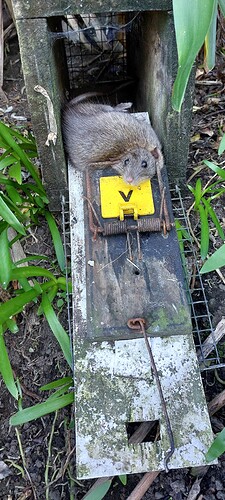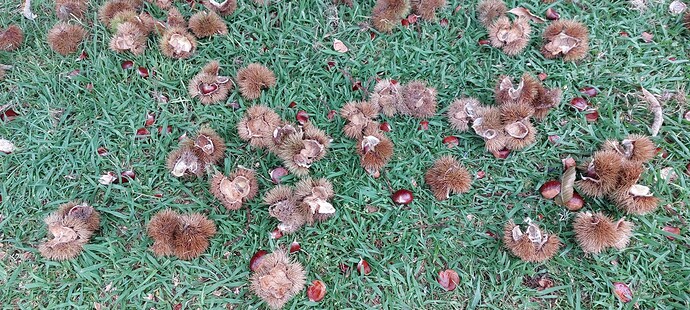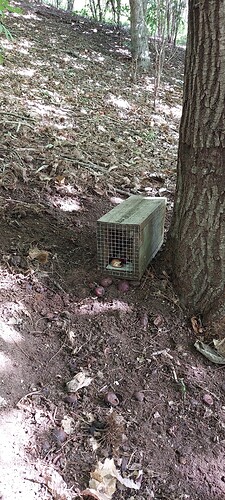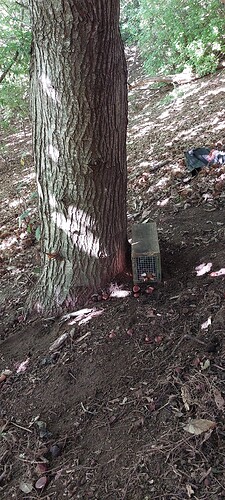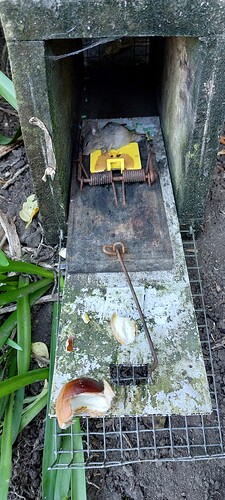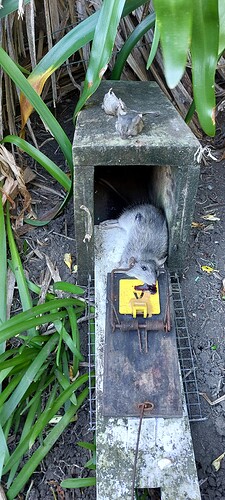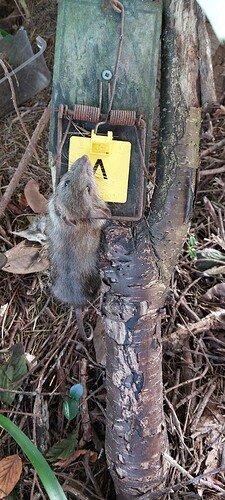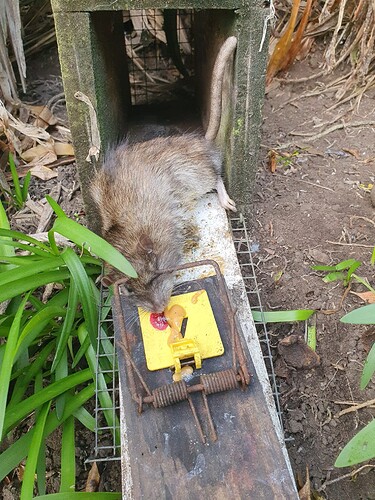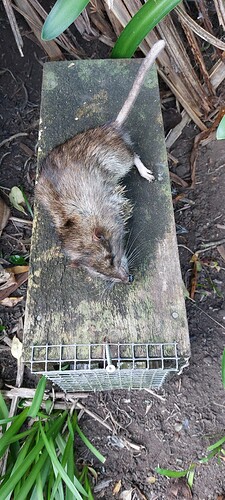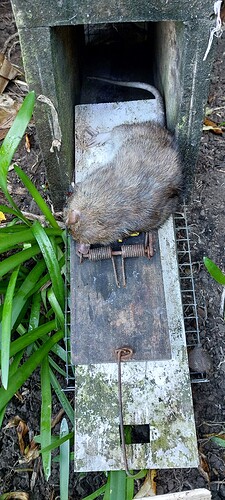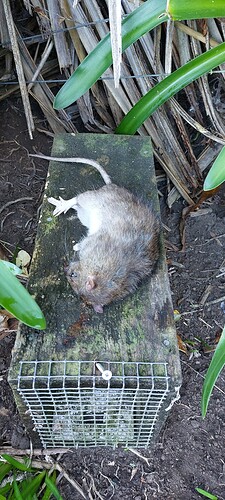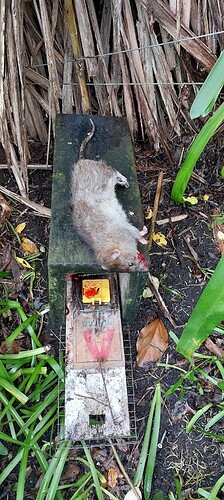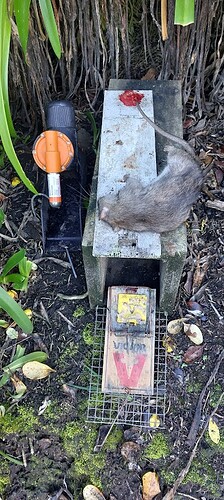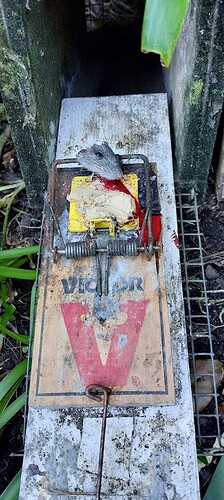I run a number of traps on my neighbour’s property, which has 4 large walnuts trees on it, all of which are fruiting. I’ve always wondered if it is possible to still trap rats when they have an abundant, natural supply of a high-quality food available to them. Should I disarm my traps until the walnuts have stopped fruiting, or are there lures that I can temporarily switch to that will still trap rats?
With walnuts, rats have a food that is especially attractive to them due to its high fat and protein content. Walnuts’ fat content is approx. 65g per 100g and protein approx. 15g per 100g. Peanuts have a fat content of 49g per 100g and 26g per 100g, by comparison.
Could lures from other food groups be an effective way to maintain trap interaction rates when seasonal food sources compete with your traps?
- Lures with a high sugar content, like dried fruits, hard candies, or chocolate.
- Lures that contain salt.
- Flesh and/or fish lures rich in minerals.
- Foods that are high in fibre, like cereals, fruits, and vegetables.
- A lure that contains high levels of different kinds of fat than walnuts do.
Walnuts contain polyunsaturated fats and Omega-3 fatty acids. Tallow, however, is 100% fat - 50% saturated, 45% unsaturated, and 5% polyunsaturated. If you can find tallow at a grocery store or butchers, I highly recommend trying it.
Tomorrow, I’m going to put some tunnels underneath a pair of the walnut trees on my neighbour’s property, to try and find out if lures from other food groups are ignored by rats focused on eating the walnuts. I’m going to put a variety of lures from different food groups inside my DoC tunnels and inside the bait cups of unarmed snap traps to see what happens.
If any trappers out there are able to join me in conducting a similar experiment, I’d love to compare our results. The food that the rats are focusing on doesn’t have to be walnuts, but it’s one of the best foods to test against, because they’re one of rats’ favourite foods.
Cheers.
